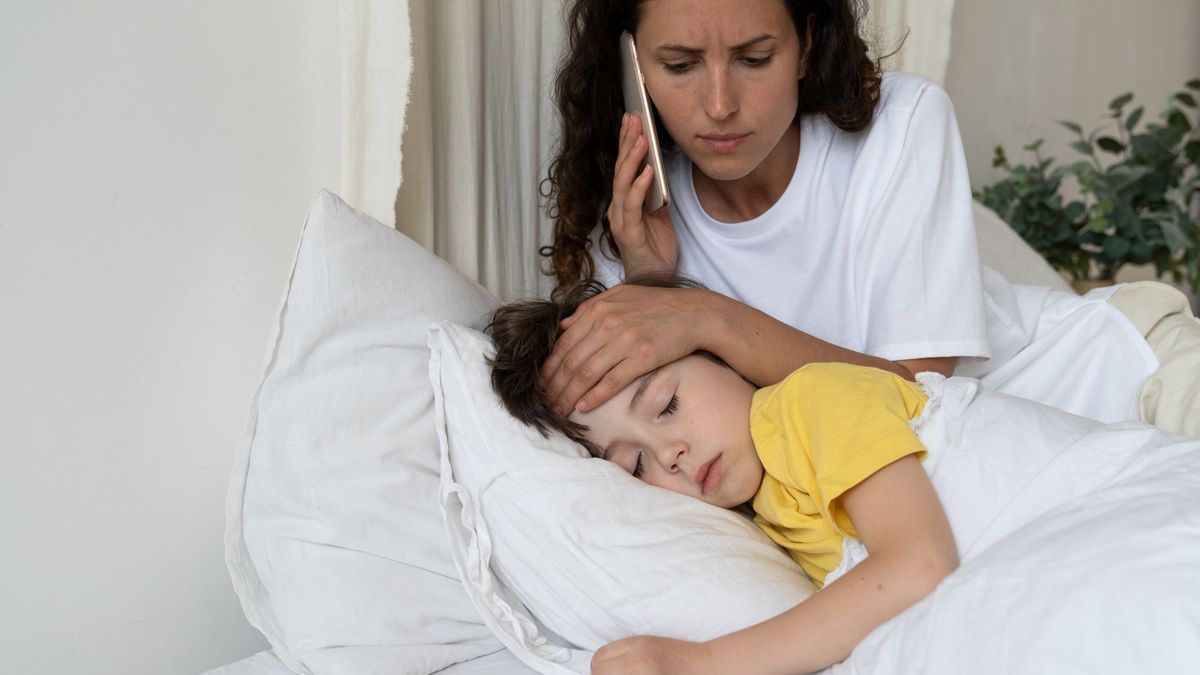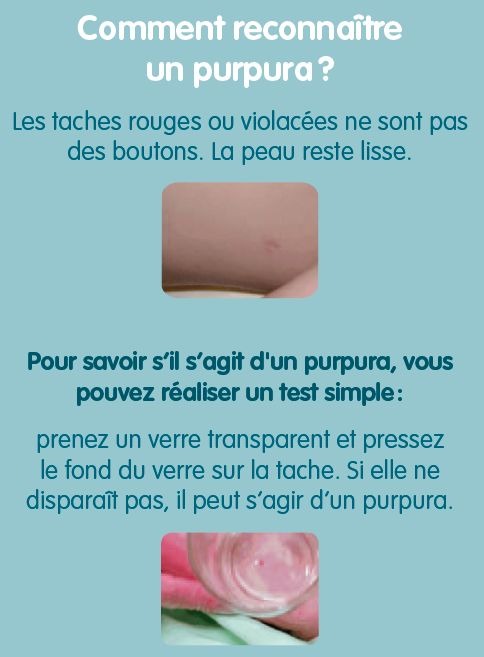
All parents worry when the thermometer numbers climb. However, fever is not always a serious symptom. Dr. Amine Ayari, @DocAmine, gives parents a mnemonic to help them find their way.
When you have a child, you must learn to discern which fever should prompt you to consult and which requires simple monitoring.
The CCRD method, advocated by Dr. Amine Ayari
In a video posted on YouTube and Instagram, the doctor reminds us that we are talking about fever from 38°C. He believes that there is then “two possibilities: if your child is less than 3 months old, there are no questions to ask, you go directly to the emergency room. And if he is over 3 months old, check if he has any signs of seriousness.“.
Signs of severity are summarized by the acronym CCRD. So there is :
- C for “behavior”: You need to observe your child to see if there are any changes in his behavior. The doctor invites us to be vigilant about “tone, communication and diet”. “If you have a child who is very limp, who has difficulty communicating with you and who reacts very little to stimulation, these are signs of seriousness which should make you consult a doctor without delay.” ;
- C for “coloring”: If your child is pale, has blue lips, “blue or cold” extremities (hands, feet), you should consult. Likewise, if your skin changes color when you press on it and it does not return to its normal color when you stop, you should consult immediately;
- R pour “respiration” : a sick child may breathe differently, with panting, a faster or slower rhythm… This is something to be concerned about, especially “if when you undress him, there are hollows that deepen” on his body, recalls Dr. Ayari;
- D for “duration”: the duration of the fever is also an important parameter to take into account. You should consult if a child under 3 years old has had a temperature for more than 3 days, even if he or she does not show signs of seriousness. For older children, he recommends seeking medical advice after 5 days of fever if there are no signs of severity.
View this post on Instagram
Other signs to take into account
“If you are a parent, you know your child best, so if you feel that your child has a particular symptom that worries you, do not hesitate to consult a general practitioner, a pediatrician, or if you are really very worried and there are signs of seriousness, go to the emergency room” recommends the doctor again.
When questioned, Dr. Gérald Kierzek, emergency physician and medical director of TipsForWomens, believes that the mnemonic device is incomplete. “If the temperature exceeds 40°C, you must consult a doctor, just like when a fever dehydrates a child. Also, if we notice spots on the skin of a child, who has a high fever, we consider that it is purpura, until proven otherwise, we must therefore also consult a doctor urgently.” he says.
The opinion of Dr Anna Boctor, pediatrician and president of the Young Doctors union
“For parents to understand, you have to keep it simple. Here are the important points I emphasize:
- When we discover that our child has a fever, above 38°C, we put him in a t-shirt, we hydrate him regularly and we give him paracetamol (Doliprane) for his comfort;
- Then, we observe what effect paracetamol has: when it helps the child, who responds well to the medication and feels better, it is reassuring;
- It is also necessary to observe the child’s tolerance to fever: if it is poorly tolerated, we can notice different signs in the child: blue lips, the child who curls like a leaf, mottling on the body, the change in neurological behavior (delirium, convulsions, etc.). The fever figure itself is not taken into account: a serious bacterial infection can give 38.5°C and flu, which is mild in children, can give 41°C;
- Finally, the duration of the fever: it is estimated that between three months and less than two years, you should consult after 48 hours and beyond two years, after 72 hours of fever;
- Finally, the vital emergency for which you must call the Samu immediately is purpura fulminans, in the case of meningococcal meningitis. In addition to fever, spots appear on the child’s body that do not disappear when pressed. On the contrary, they are spreading visibly: it’s a vital emergency, every minute counts at that moment”

